SURF TRIP GUIDE TO GRAN CANARIA
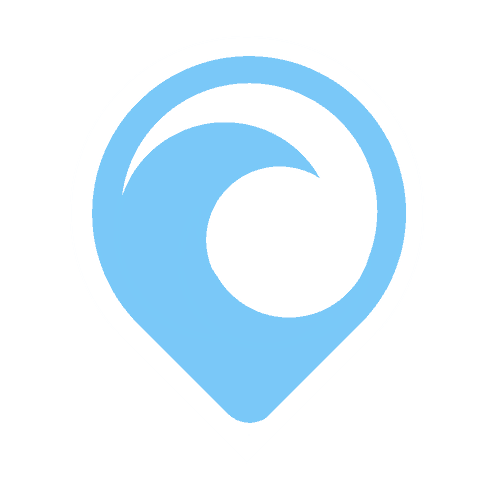 BEGINNER SURF TRIP GUIDE
BEGINNER SURF TRIP GUIDE
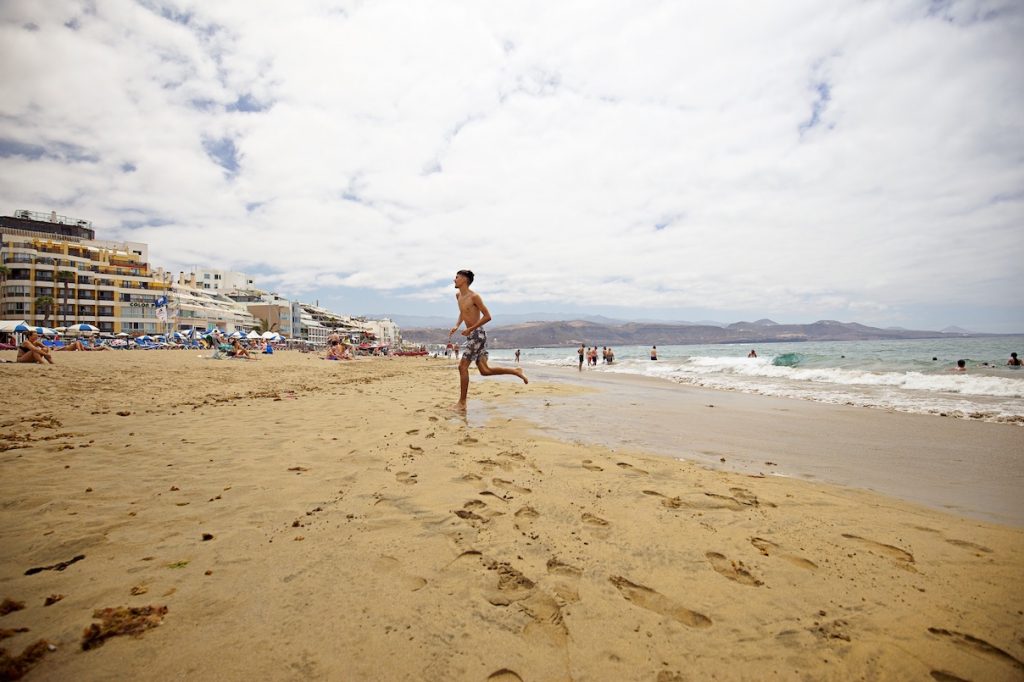
OVERVIEW
Gran Canaria is the third-largest island in the Canaries’, boasting 60kms of beaches and UNESCO Biosphere Reserve, the island is known for its dramatic black lava volcanic landscapes and white sandy beaches. Labelled a “Miniature Continent” because of its varying climates and landscapes, Gran Canaria has a warm climate all year due to its location off northwestern Africa. Making it a perfect spot for surfers to consider throughout the year.
As well as great surf spots and consistent waves, Gran Canaria appeals to those looking to scuba diver, sail, windsurf and stand up paddle-boarding. The island is a top windsurfing spot and hosts major international windsurfing competitions.
Those looking for a break from the surf can go hiking or biking on one of the many trails that snake across the island.
QUICK FACTS
Area – 1,560 km²
Population – ~860,000
Nearest Airport – Gando Airport
Time Zone – GMT
Currency – Euro
SURFING GRAN CANARIA PROS & CONS
Pros
- All year round surf for beginners
- Good weather, lack of rain
Cons
- Flight costs are often more than European destinations due to distance, flexibility is dates required
WEATHER
Just a short hop from Europe, Gran Canaria’s unique geography means that the island enjoys a mild climate all year round. It’s a superb holiday spot and perfect surf destination all year round, especially for beginners with October to March having the better conditions for advanced surfers.
Gran Canaria’s average max temperatures are pretty consistent ranging from 25 ºC and 28 ºC in the summer months of June, July and August and from 21 ºC and 22 ºC in the winter, December, January and February.
The island is blessed with its own unique micro-climate depending on whether you’re on the coast, inland or up in the mountains. Gran Canaria is a popular spot during the colder winter months in Europe.
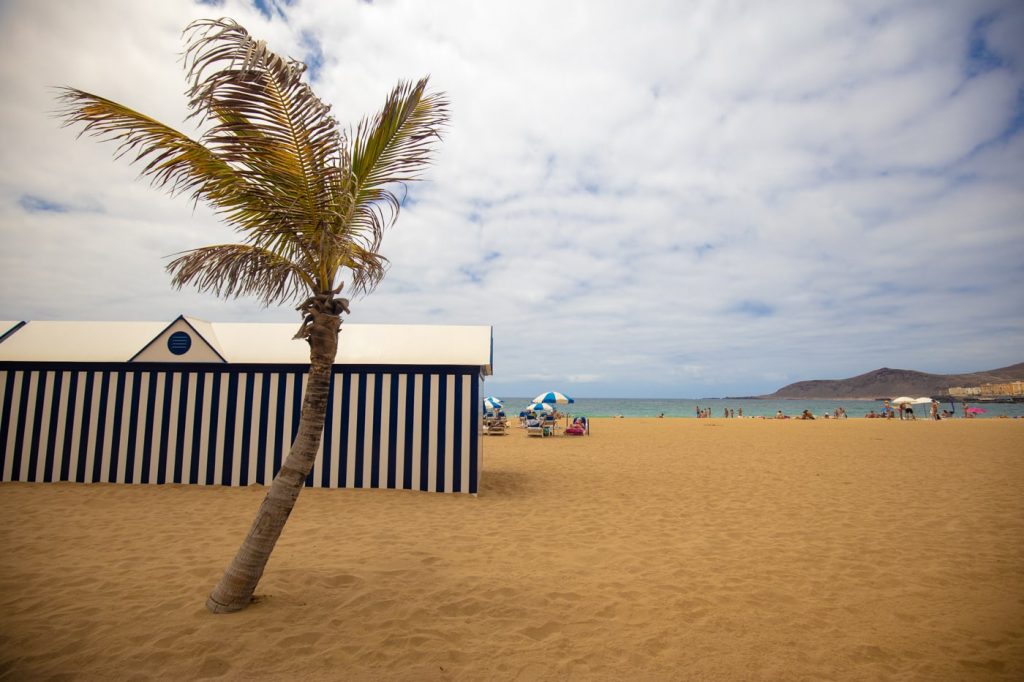
MONEY
ATMs
There are plenty of ATM’s around Gran Canaria, you’ll find plenty of them in the main towns. Try and avoid Euronet ATM’s which will charge you a fee. Do consult your bank branch to make sure you know what rates you’ll be paying before you arrive in Gran Canaria.
We use a TransferWise card when traveling abroad and found them extremely cheap in comparison to banks, they have very low fees. Check TransferWise out!TIPPING
In restaurants, bars and cafes you can tip up to 10% of the bill if you felt like you had good service. This applies to the rest of the Canary Islands too. If you’ve only spent a little or spotted to grab a quick coffee then a small amount of change is enough.
Taxi’s don’t expect to be tipped but do appreciate any extra cash.
COSTS
Here are some rough costs that we found on our trip to Gran Canaria, hopefully they may help you plan your own trip. Please note these are not exact air fares but examples.
FLIGHTS TO GRAN CANARIA (LPA)
A range of airlines fly from the UK to Gran Canaria (LPA) if you’re flexible with the time of year you can often snag yourself a cheap deal. Tip: Avoid UK School Holiday times, June, July, August.
London Stansted – Gran Canaria (LPA) (Return)
Notes: There are plenty of budget Rynair flights to Gran Canaria throughout the year.
Cheap deal – £50 – £100
Average – £150
High End – £500
London Luton – Gran Canaria (Return)
Notes: There are currently no flights from London Luton.
London Gatwick – Gran Canaria (Return)
Notes: EasyJet operate direct flights to Gran Canaria from London Gatwick
Cheap deal – £59 (EasyJet)
Average – £250
High End – £500
Manchester – Gran Canaria (Return)
Notes: EasyJet and Ryanair operate flights to Faro from Manchester.
Cheap deal – £48
Average – £150
High End – £440
ACCOMMODATION
Dorm bed: €16
Private room: €25 – €40
Top end: €55 – €180
FOOD
Eating Out
Cheap – €20 tapas for two
Higher end – €40 – €50 meal for two
Beer
Small – €2
Large – €3.50
SURF GEAR RENTAL
Soft Board ~ €10 per 2 hours
Surf Board ~ €10 per 2 hours
Body Board ~ €10 per 2 hours
Kayak ~ €15 per 2 hours
SUP ~ €25 per 2 hours
Soft Board & Wet Suit ~ €15 per 2 hours
Surf Board & Wet Suit ~ €20 per 2 hours
Body Board & Wet Suit ~ €15 per 2 hours
Soft Board ~ €25 per day
Surf Board ~ €30 per day
Body Board ~ €25 per day
Kayak ~ €30 per day
SUP ~ €50 per day
Soft Board & Wet Suit ~ €35 per day
Surf Board & Wet Suit ~ €40 per day
Body Board & Wet Suit ~ €35 per day
There are plenty of surf schools dotted around Las Palmas so you won’t be stuck for choice. We took a really fun surf lesson with California Surf Center, just off Las Canteras beach.
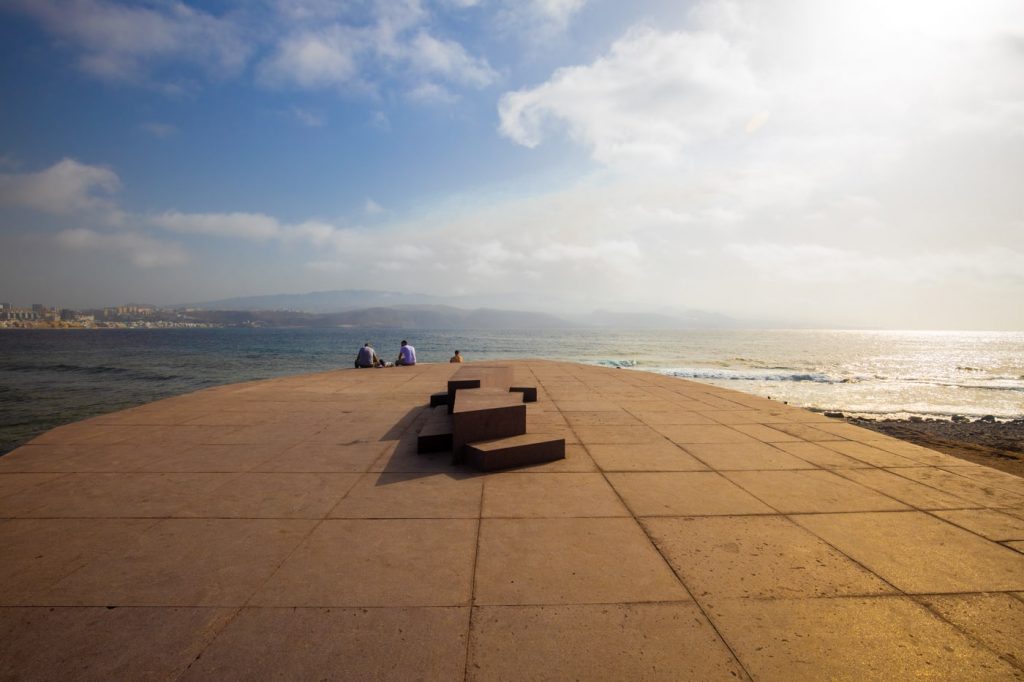
GETTING TO GRAN CANARIA
As shown above, there are plenty of flight options to Gran Canaria from the UK. There are also cheap flights often available from southern Spain as well as cheap flights to and from other Canary Islands.
GRAN CANARIA AIRPORT
Gran Canaria Airport (also known as Gando Airport) is situated around 18km away from the capital and key surfing spot, Las Palmas. You’ll find the more touristy locations on the south side of the island and a 25km drive from the airport.
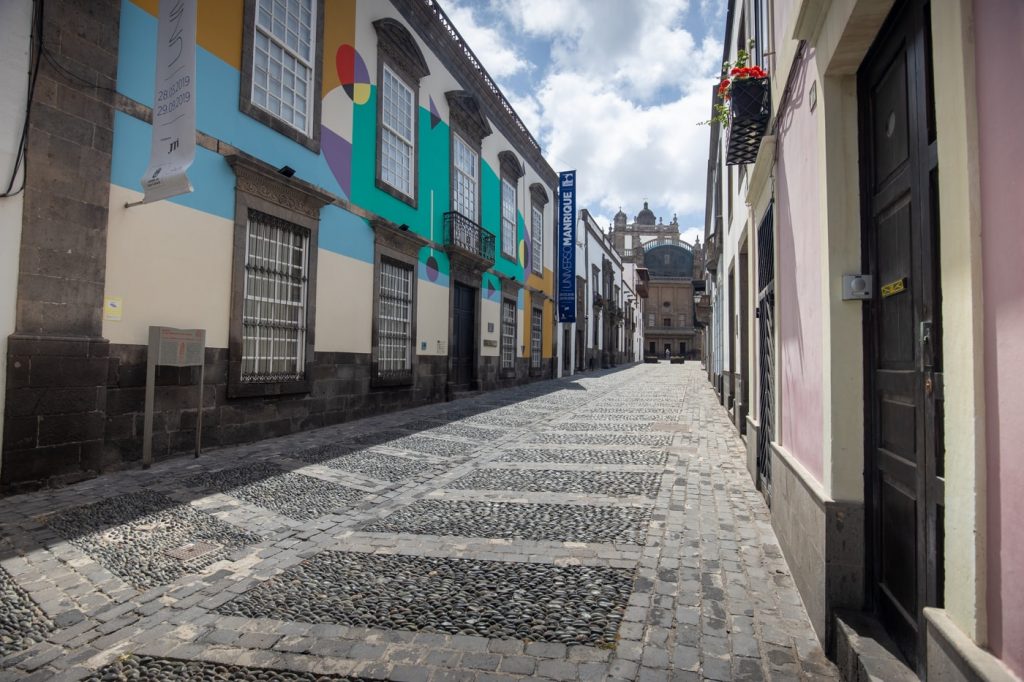
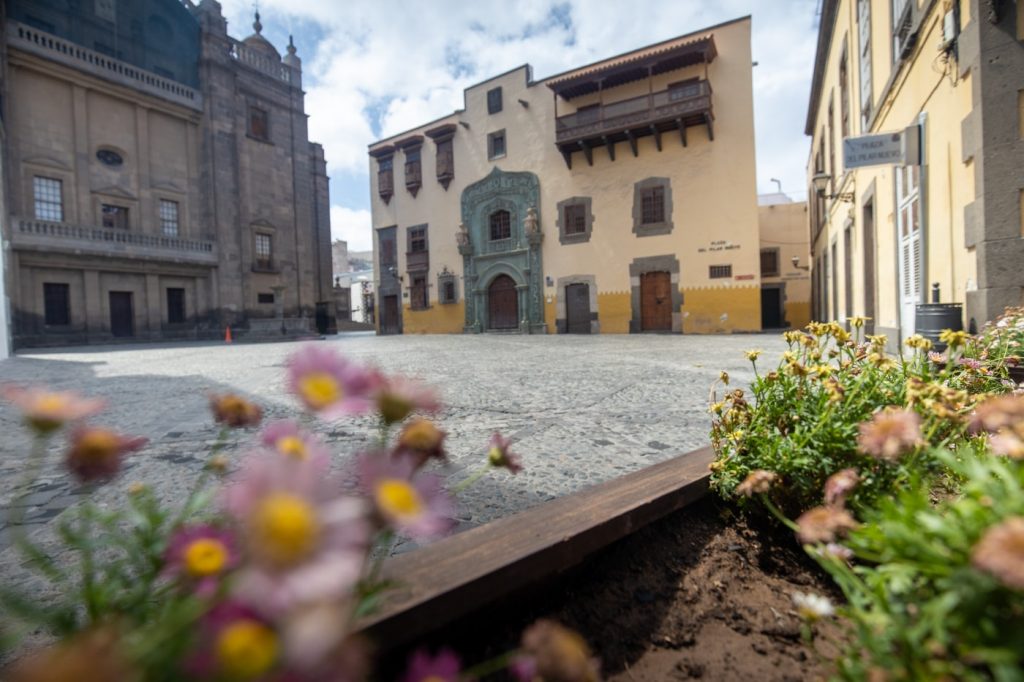
GETTING AROUND GRAN CANARIA
Gran Canaria is around 47 km across and covers an area of 1,560 sq km which makes it easy to get around by car. The island also has a pretty good bus network, you can get from the airport to Las Palmas in about 20-25 mins bus and will cost you around five euros.
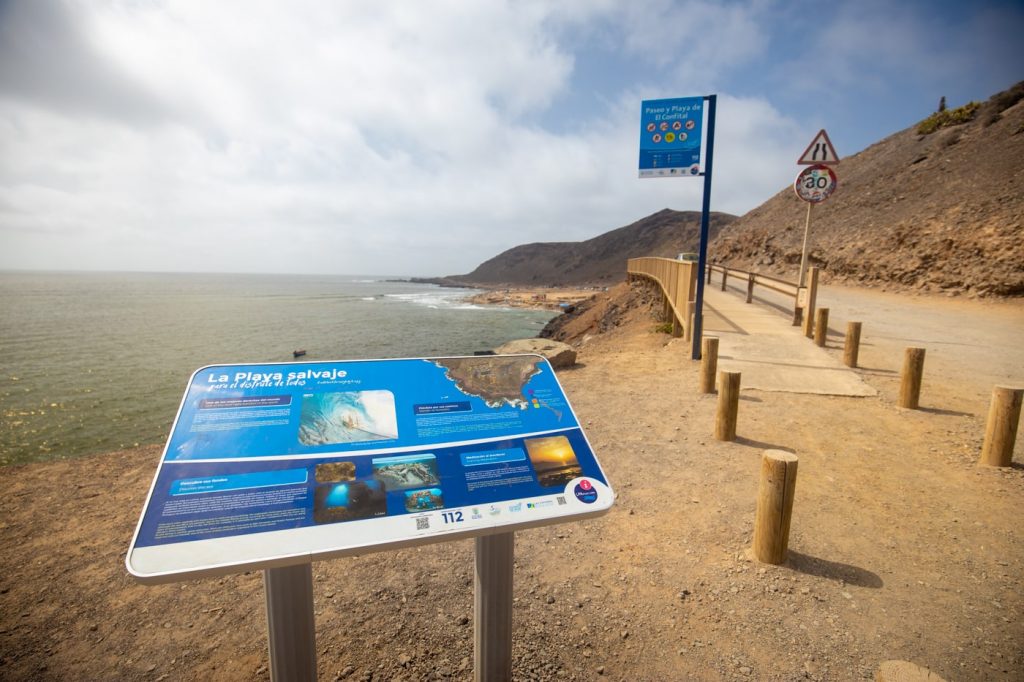
 SURFING IN GRAN CANARIA
SURFING IN GRAN CANARIA
Gran Canaria is a superb choice if you’re looking for a surf trip in the sun. You’ll find the key surfing spots on the north coast of the island as swells come in from the Atlantic ocean.
As a base Las Palmas De Gran Canaria is a good choice with both surf spots for beginners and experience surfers usually just a short walk away.
On the west coast you will find some surf spots that rely on a northeast and south wests swell. The area is quite remote and far from any towns or villages on the island.
In the south there are some surf spots but are much less reliable as they’re shelter from the Atlantic swells.
GRAN CANARIA SURF SPOTS
As always, absolute beginner surfers should always take lessons first, surf spots can often be unpredictable or have hidden dangers. If in doubt, get a surf instructor. You’ll find a whole host of surf schools in Las Palmas De Gran Canaria where you can take group or private lessons.
Gran Canaria has a great selection of surf spots including easy to reach beaches in Las Palmas as well as more challenging spots dotted around the north coastline of the island.
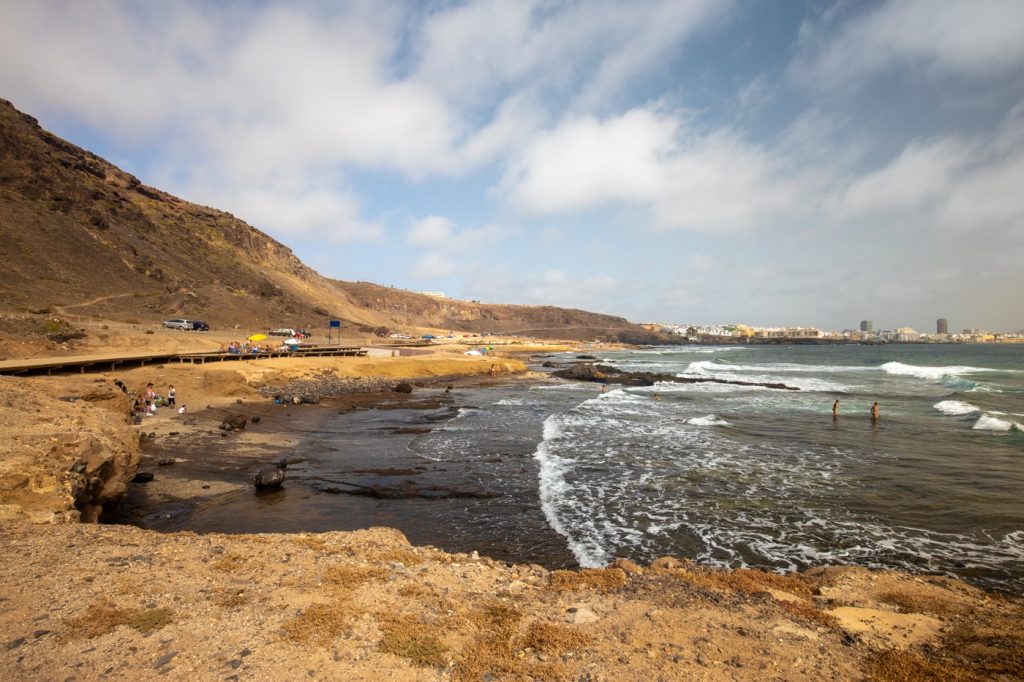
LA CICER
Level – Beginner/Experienced (depending on conditions)
La Cicer is fairly crowded but for good reason, it’s got reliable peaks all year round and is slap bang in the city beach (Las Canteras). You’ll find bodyboarders, surf camps as well as surfers here and it works well for all levels. You’ll be rewarded by getting up early and hitting the surf before the crowds but the waves can be at their best around mid-tide.
LLORET
Level – Advanced
In the west corner of Las Canteras you’ll often see surfers in the line up for Lloret. It’s a rocky entry but once you get out you’ll find a reliable right hander that closes out less that La Cicer but is more powerful. This isn’t a spot for learning to surf so newbies should stay away and opt for La Cicer.
EL CONFITAL
Level – Advanced
To the north of Las Canteras beach and La Cicer, El Confital is known as one of Europe’s best waves. This right hand break is a favourite with advanced surfers and is only a short walk from the city. You’ll find plenty of locals out on the waves here as well as on the rocky beach on a weekend. The Red Bull Rival world class surfing event was hosted at El Confital in 2014. The wave here breaks over a volcanic ledge creating a tube that breaks in shallow water.
VAGABUNDO
Level – All Levels
Vagabundo is a really consistent beach break with a good variety of peaks both left and rights. The spot works for all different level, just be careful of the strong currents. If you’re a complete newbie, get an instructor. Vagabundo is a great summer spot and you’ll often find it still working whilst other spots are out of action. This spot is pretty epic, with black sand and volcanic moonscape type backdrop.
Where to stay in Gran Canaria
Las Palmas de Gran Canaria
Take a look at our Las Palmas de Gran Canaria accommodation guide for full details of the where to stay in the city.
For us, the best place to base yourself in Gran Canaria is in the island’s capital away from the resorts but with everything your need on your doorstep, including the beach! You’ll not only find Las Palmas fairly affordable but there’s a ranging of co-working spaces and cafes to work from. There’s also lots of different areas around the city to choose from including the Old Town, Las Canteras (right on the beach), La Isleta, La Cícer and Alcaravaneras.
So that’s a wrap, for our surf trip guide to Gran Canaria. We really enjoyed visiting the island. If you have any comments, questions or there’s anything you think we’ve missed, we’d love to hear from you > info@surfandunwind.com.
__________________
Disclaimer: Some of the links used on this website are affiliate links. This means that if you click on it to buy a product, we’ll receive a small commission which comes at no extra cost to you and we’ll be forever grateful!